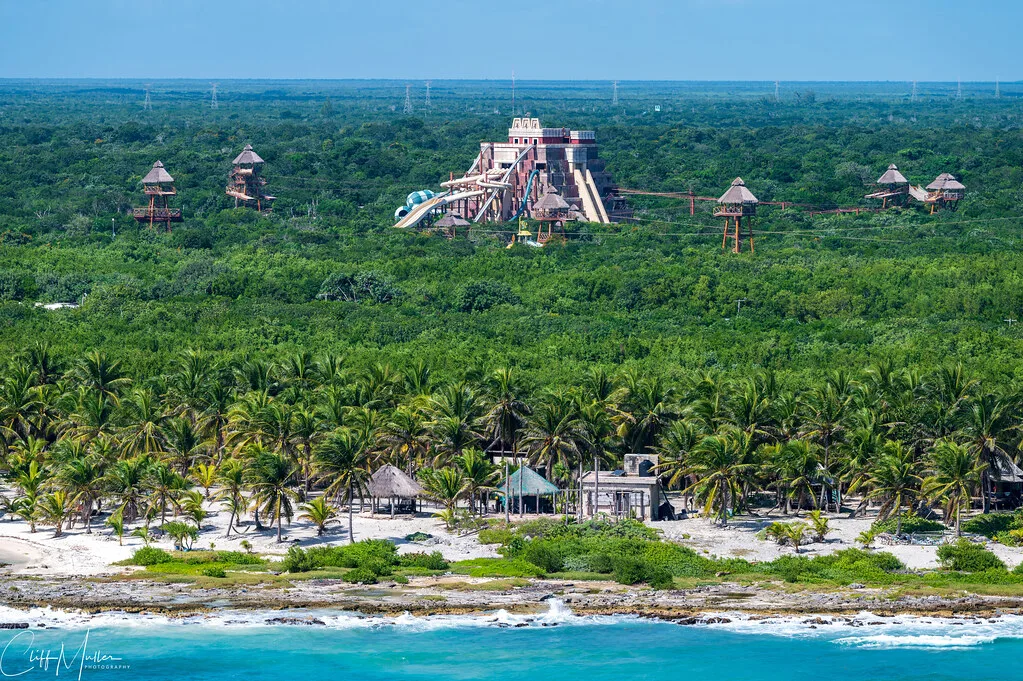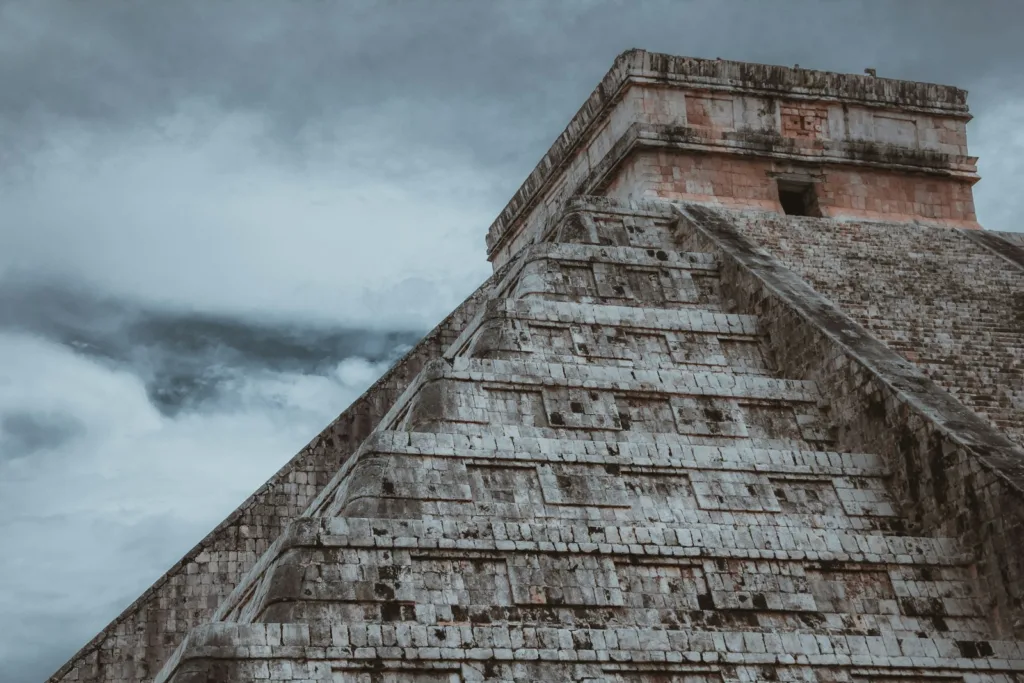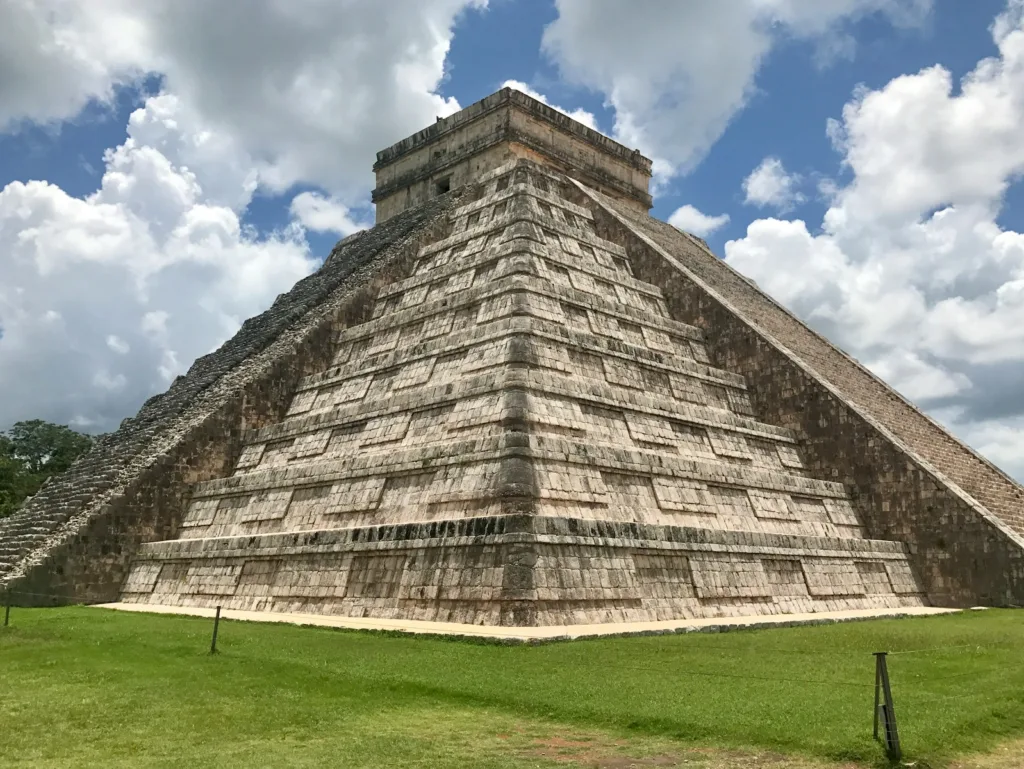Table of Contents
A Smoking Gun Discovered by Archaeologists Explains the Decline of the Maya Kingdom Rule
Archaeologists have uncovered evidence of a Smoking Gun fire that occurred in Guatemala sometime between 733 and 881 AD, which they claim marks a significant and well-reported shift in the course of Maya rule.
According to the authors of a study published in the journal Antiquity, the discovery at the Maya site of Ucanal in Guatemala “marked a public dismantling of an old regime”—a rather crucial moment in the fall of rulers and key point in political power that isn’t often shown so clearly from an archeological find.
The incident in issue took place close to a graveyard in the capital of the K’anwitznal kingdom. The bodies and their decorations, which included a stone mask covered in jewels, pieces of a greenstone diadem, and jade ornaments, were taken from a tomb to a public burning location, where some of the centuries-old artifacts were visible to everyone.
The writers state that “this event marked a moment of change in the kingdom and in the lowlands.” “We see this fire-burning event as a turning point around which the K’anwitznal polity reinvented itself and the city of Ucanal went on to a flourishing of activities, rather than examining it as a bookend to Maya history.”

A non-royal leader named Papmalil was welcomed by the new leadership system; nevertheless, his rise to prominence is not well documented in the written record. “Papmalil’s tenure was revolutionary not only because it changed the political landscape in the southern Maya lowlands but also because of his potential alien roots, which could have ended the line of succession of governing dynasties at the site.”
The researchers of the study, Christina Halperin and colleagues at the University of Montreal, claim that Papmalil seems to have ushered in a prosperous era. Following the change in power, significant building took place in the city’s peripheral residential areas as well as in the civic-ceremonial heart.
- According to archaeologists, the finding of a burning incident from the early ninth century represents a watershed in Maya history.
- This archaeological discovery marks a unique moment in history.
- At the time, burning Maya artifacts that were around a century old was probably a popular public event.
It might have started out dramatically for that new period.

The evidence indicates that there was no attempt to protect the burial deposit. The crew found the fire event in the building fill of a temple-pyramid located in a public plaza during excavations in 2022. The group surmises that the fire reached a temperature of more than 800°C and that the burn remnants included at least four humans. . 1,470 pieces of greenstone beads, pendants, plaques, and mosaics, as well as big blades, were found alongside the remains; these items all pointed to a “single burning event.” The amount and quality of the broken and burnt decorations suggest that they were taken from a royal burial, probably belonging to more than one person.
Evidence, according to the scientists, suggests that the jewelry and human bone were once part of a Late Classic royal tomb. The deposit was made as a part of a fire-entering ceremony that “marked the symbolic and literal destruction of an earlier K’anwitznal dynastic line.”

According to the writers, there was no attempt taken to protect the broken bones and decorations from the tomb bricks that were piled on top of them as building fill, and the incident “appears to have bene an act of desecration: it was dumped at the edge of a crude wall used as construction pen.” All of it probably made for a “dramatic public affair” that was intended to evoke strong feelings. They wrote, “It could dramatically mark the dismantling of an ancient regime.”
read also : 12 fascinating disadvantages of gun safes when it comes to storing firearms.
Archaeologists Found a Smoking Gun Behind the End of the Maya Kingdom’s Reign (msn.com)
Smoking Gun Smoking Gun Smoking Gun Smoking Gun Smoking Gun


2 thoughts on “A Smoking Gun Discovered by Archaeologists Explains the Decline of the Maya Kingdom Rule”